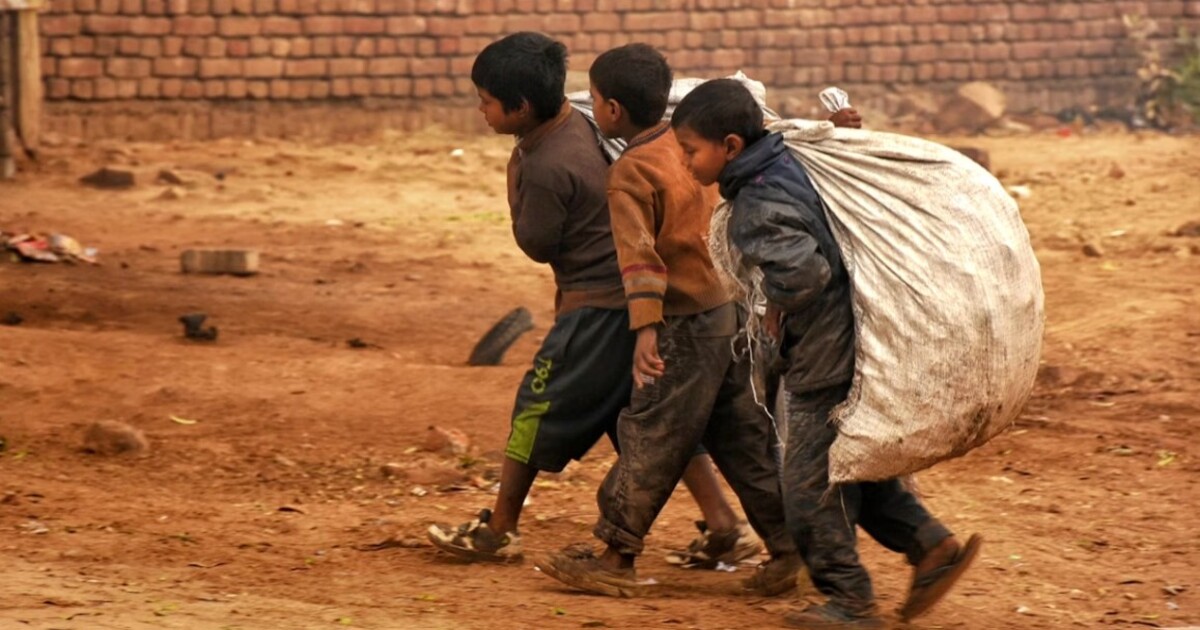In Focus: Global Child Labor
A generation of progress has cut child labor in half worldwide — but poverty and policy setbacks still leave millions at risk.
July 23, 2025

Child labor worldwide has dropped by over 100 million since 2000, from 245.5 million to 137.6 million in 2024.
That means that the global child labor rate has halved over a generation — from 16% in 2000 to 7.8% in 2024.
The world’s 26 poorest countries, with about 8% of the world population, are home to 42% of all child laborers.
61% of child laborers work in agriculture, mostly on small family farms and often under hazardous conditions.
Only 13% of child laborers work in industry, but it is the most dangerous sector, with 60% of these jobs considered "hazardous."
The Asia-Pacific region has seen the fastest drop, from 127 million child laborers in 2000 to 27 million in 2024.
Sub-Saharan Africa now accounts for nearly two-thirds of global child labor, with 87 million child laborers and 70% working in farming.
Child labor in high-income countries is rare, averaging just 0.7% of children, or 1.6 million in total.
Urbanization and economic growth are strongly linked to falling child labor rates, especially in Asia and Latin America.
However, U.S. efforts to combat child labor have sharply declined, with major funding cuts and policy shifts away from international development and humanitarian work.
Sources: International Labor Organization, UNICEF, World Bank, U.S. Department of Labor, Human Rights Watch, PPI
Takeaways
A generation of progress has cut child labor in half worldwide — but poverty and policy setbacks still leave millions at risk.
The world’s 26 poorest countries, with about 8% of the world population, are home to 42% of all child laborers.
Urbanization and economic growth are strongly linked to falling child labor rates, especially in Asia and Latin America.
U.S. efforts to combat child labor have sharply declined, with major funding cuts and policy shifts away from international development and humanitarian work.
